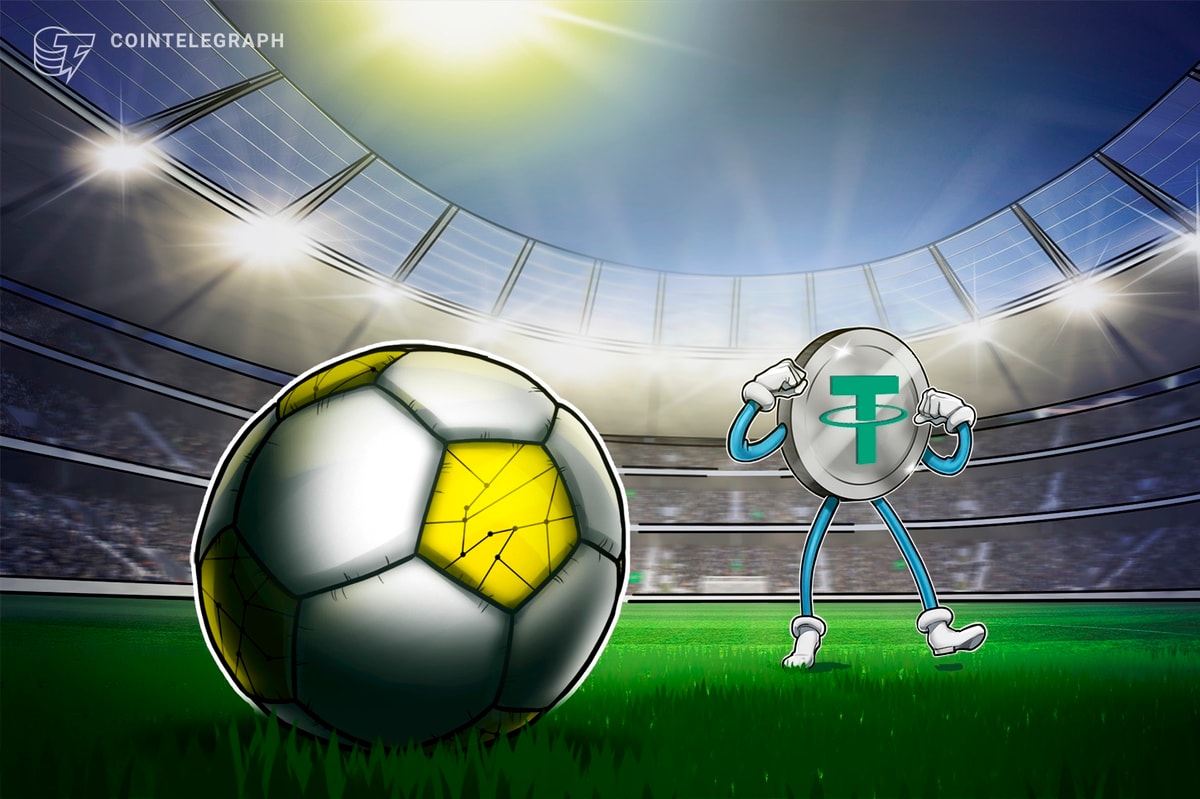The 9 p.m. Problem: When Everyone Streams Football and Your App Slows


It is always the same rhythm. A midweek kickoff, a tight scoreline, and by 9 p.m. in key markets your dashboards light up. Concurrency soars, error budgets shrink, and previously healthy APIs begin to wobble. This is not only your app. Live football clusters millions of viewers into the same 90-minute window, which amplifies the worst parts of distributed systems: head-of-line blocking, thundering herds, cold caches, and brittle dependencies that were fine at 7 p.m. but buckle at peak.
Streaming already dominates downstream traffic on fixed broadband, so when match nights land, everything adjacent to video can feel slower. The pattern is predictable and, importantly, measurable. During Euro 2024 fixtures, Cloudflare observed country-level shifts in traffic during game time, a tidy reminder that attention, and therefore network utilization, moves in bursts, not in straight lines.
This article looks at the practical mechanics behind peak-time slowdowns and what engineering teams can do about them. The goal is not to explain streaming or basic network concepts. Instead, we focus on the 9 p.m. problem as a systems issue: how to absorb spikes without degrading the rest of your experience, and how to prepare capacity, caches, and queues for the reality that live football stacks demand into tight, simultaneous peaks.
How a proxy server buys you time at peak
A well-placed proxy server is one of the most effective tools for reshaping bursty demand into something your origin can survive. Forward proxies at the client edge and reverse proxies at your application edge both change the flow of traffic in your favor. They terminate TLS, reuse connections, and keep upstream pools warm so your services do not pay a handshake tax on every new request. Connection coalescing and keep-alive tuning let a small set of long-lived sockets carry huge volumes smoothly, which reduces SYN storms that often appear when viewers resume streams after halftime or jump between highlights.
Reverse proxies (can be found on Webshare and other reliable platforms) also give you intelligent routing. With least-connections or latency-aware load balancing, you can steer traffic toward the healthiest pool and away from stragglers that would otherwise create a convoy effect. Health checks become a gate that drops bad backends quickly instead of letting them poison retries. Surge queues and circuit breakers absorb micro-bursts and allow upstreams to recover, which means fewer cascading failures when sign-in endpoints spike as viewers swap devices.
Caching is where the gains compound. A proxy server that speaks HTTP/2 or HTTP/3 can coalesce duplicate fetches and serve a single origin response to many clients, cutting origin load dramatically when thousands request the same playlist or tile image at once. For segmented video, short TTLs with request collapsing keep the hottest HLS or DASH segments close to viewers without overfilling memory.
For various APIs, tiered caches and soft-expiry hints let you return slightly stale data for non-critical UI while your origins catch up. Finally, IP reputation and simple rate shaping at the proxy reduce noisy neighbor effects from aggressive clients, keeping latency jitter low for everyone else. In short, the proxy is your first responder at 9 p.m., turning chaos into a manageable queue.
What the data says about football nights
Peak-time slowdowns are not anecdotal. Multiple datasets show how live football compresses demand and shifts behavior. The numbers below illustrate the pressure your app competes with when a big match is on.
| Metric | Value | Why it matters |
| General web traffic change during Euro 2024 games | ?6% average during national-team matches | Attention consolidates into live viewing, which alters load on other apps and APIs |
| Frankfurt IXP peak on Champions League night | 17.09 Tbps on Apr 18, 2024 | City-scale throughput spikes during marquee fixtures |
| Video share of fixed downstream traffic | 39% of fixed downstream, ~5.7 GB per user per day | Video sets the baseline load your app must live alongside |
| Global Internet traffic growth in 2024 | +17.2% year over year | Peak problems intensify on a larger base |
| UK households with at least one SVOD | 68% in Q1 2025 | High streaming penetration raises the odds that match nights create national peaks |
It is worth noting how these signals interact. Video’s heavy share of fixed traffic means the floor is already high before any match kicks off. Add a Champions League night and you get citywide throughput surges. Layer on year-over-year traffic growth and the same architecture that worked last season can run out of headroom this season. Finally, high subscription penetration means more households can switch to streams simultaneously, which tightens the concurrency spike and shortens the time you have to react.
Designing for the 9 p.m. surge
The strongest mitigation is to treat peak minutes as a first-class workload. That starts with pre-warming: scale edge instances, connection pools, and caches 30 to 45 minutes before kickoff, then throttle the ramp down slowly after final whistle to avoid a cliff when highlights or post-match clips trend. Keep autoscaling signals diverse and early, for example, concurrent connections at the edge, queue depth, and TLS handshakes, not just CPU. Shape retries with jitter and caps so a brief origin blip does not become a synchronized storm.
Euro 2024 traffic patterns showed halftime spikes in social and companion services as viewers reached for phones while the stream paused. That is a cue to prefetch critical UI, warm caches, and isolate cross-service dependencies before halftime, not after.
Treat your release cadence accordingly. Avoid pushing schema changes or big feature flags within two hours of a marquee match in your core markets. Bake synthetic load that mimics match-night behavior into staging, including rapid join and leave patterns, seek storms on VOD, and login bursts. Measure connection reuse, request coalescing hit rates, and cache effectiveness, not just median latency. When you do these things, the same infrastructure that feels fragile at 9 p.m. can feel routine.





